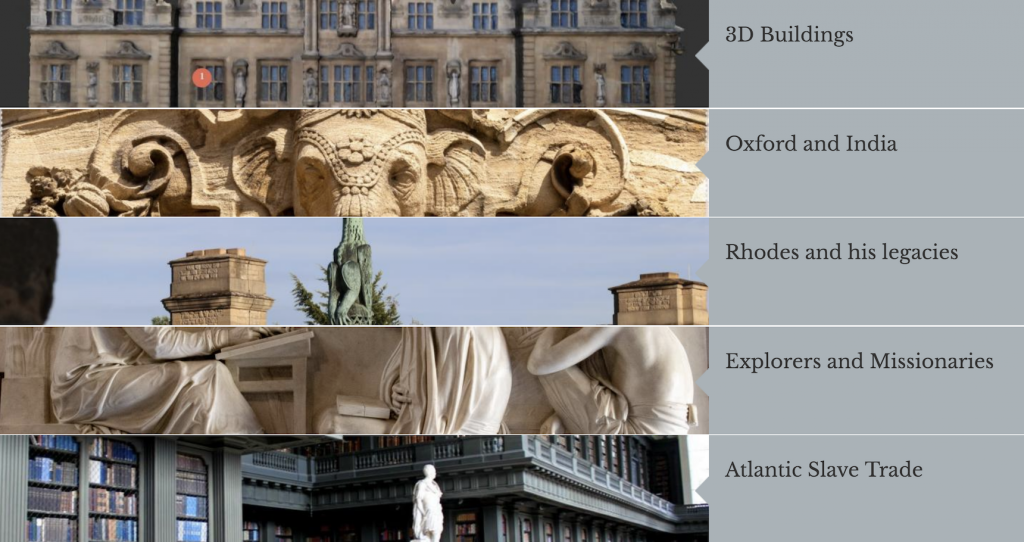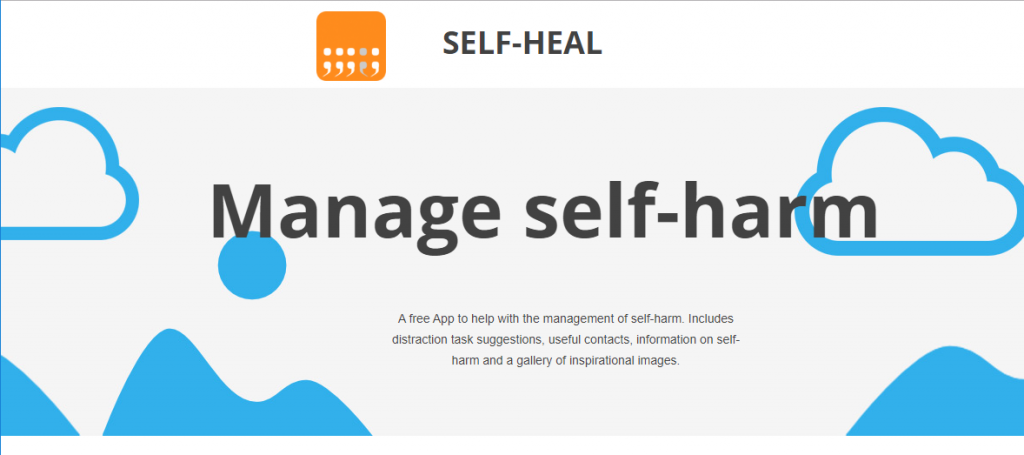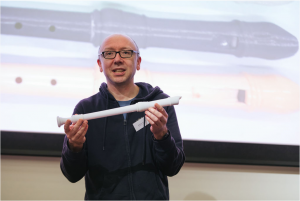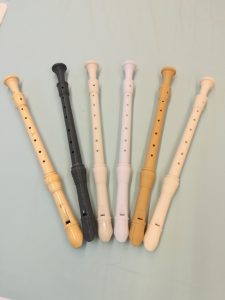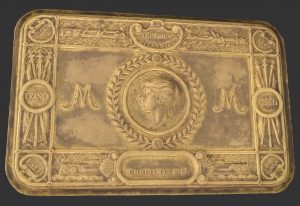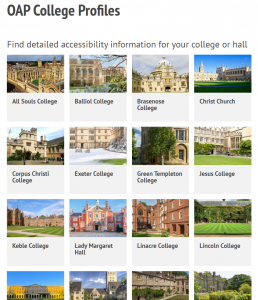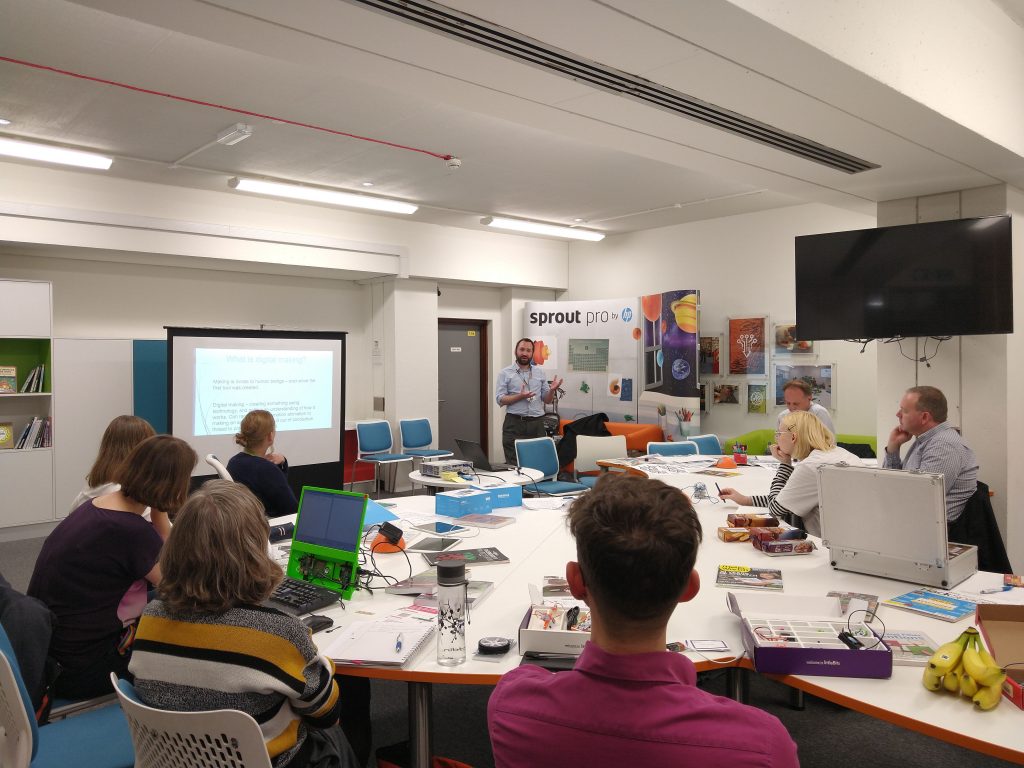Are you still making plans on how to spend the holidays? How about a day out at the University’s museums?
A number of museums are currently exploring how to use innovative technology to make their collections more engaging. Two projects funded by the IT Innovation Challenges are dedicated to finding new possibilities with Augmented Reality (AR) and Virtual Reality (VR). You can find some of the projects’ results embedded in the museums already.
Open Cabinet
Open Cabinet uses AR technology to create new opportunities for enriching University and lifelong learning through virtual handling of 3D artefacts in the museum. The project has two intertwined aims: to embed objects more deeply into the learning experience at Oxford by facilitating their use as unique learning resources by staff and students, and to enhance the public visitor experience by using this innovative technology to improve access to objects without altering the highly-valued appearance and atmosphere of the museums.

Open Cabinet virtually takes museum objects out of their display cases and allows you to engage with the 3D models on your mobile device. Photo by Robbie Brock CC BY-NC-SA
Bring your smart phone to the Pitt Rivers and keep an eye out for QR codes. When scanning them, they will bring up 3D models of the museum objects on your phone that you can interact with.
Physical and Virtual Show and Tell
In this GLAM Labs project the team will create an ‘experience station’ in the Museum of Natural History to provide visitors with access to VR models of specimens that they can manipulate using their ‘virtual hands’, supported by digital annotations and interpretation. A touchscreen built in to the kiosk will also allow access to other digital content created by the Museum that is not currently available to in-gallery visitors. This station will be designed so that it can be used as ‘self-service’, but it will also serve as a base from which regular Spotlight Specimen ‘show and tell’ sessions can be run by staff. These facilitated sessions will allow staff to use 3D printed models (and specimens) related to the VR models available in the headset component of the station.
This project is still in the early stages, but keep an eye out for news about the VR kiosk in the Museum of Natural History.

